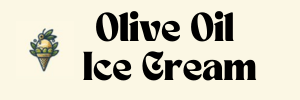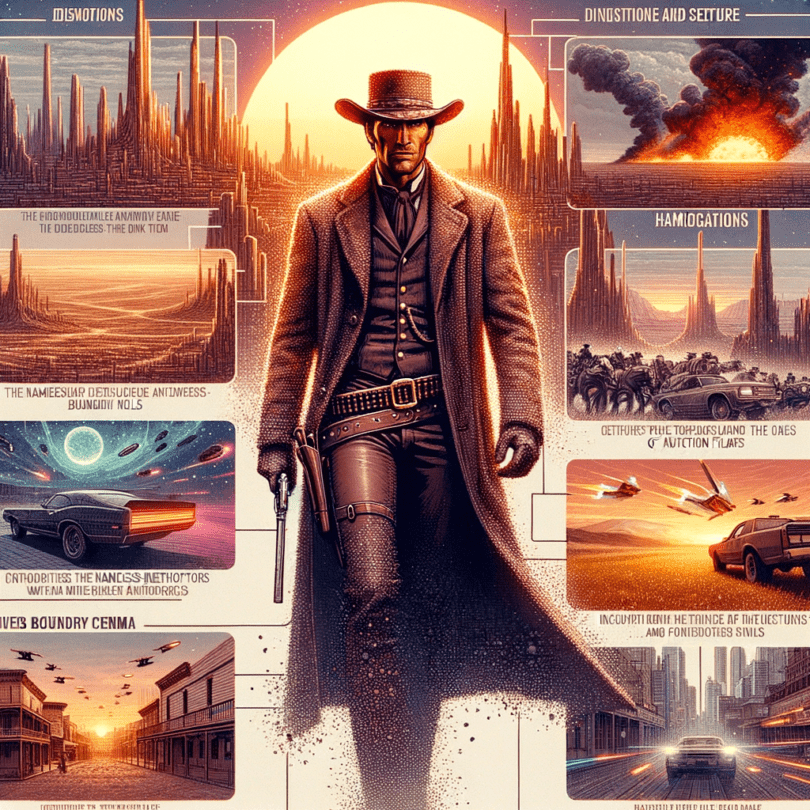Oh boy, let me take you on a little trip down memory lane. Picture this: dust swirling around, the sun beating down on a deserted town, and then that low, haunting whistle begins—if you’re a fan like me, you know exactly what I’m talking about. Yep, “The Good, the Bad, and the Ugly.” Man, that film hooked me as a teenager and never let go. Somehow this Western classic had an impact that was bigger than its spurs and cowboy hats— it reached right into the heart of cinema itself, setting a standard that echoes even today. And believe me, I had no idea back then just how big its influence would be on modern movies. Sneaky, isn’t it?
I often find myself pondering, probably while munching on popcorn, how those old Westerns, with their tumbleweeds and dusty boots, spun their magic into the high-action films of today. You see, Westerns were more than just about gunfights and one-upmanship. They carried this raw spirit—simple narratives intertwined with complex themes of individualism and man-versus-everything. I’m amazed how their footprints can still be spotted in today’s blockbusters, and I’m happily tagging along to discover these influences. So let’s dive into it, cowboy style!
The Timeless Archetypes
Now, tell me you don’t love a mysterious, gritty hero? Western films gave us these loners with shady pasts, set against the backdrop of their quest for justice or just plain old revenge. Clint Eastwood’s “Blondie” is the epitome of such a character. And honestly, I think these gray-area heroes are pure gold.
Fast forward to today, and you’ve got John Wick and Mad Max carrying that same torch. It’s all there—silent, brooding heroes with their personal vendettas. Each step they take echoes from the dusty Western paths, and it’s like witnessing the transformation of a classic archetype into something shiny and new. There’s this magnetic allure, a kind of thrill when watching these anti-heroes take on the challenges of today’s cinematic world, almost like they’re whispering tales from the past.
Tension and Suspense: The Slow Burn
Let’s talk about suspense—ever had those moments where time just seems to stretch forever, like during a tense standoff? Westerns perfected this with their drawn-out confrontations, and boy do I love the build-up. You can feel the tension pressing down on you, can’t you?
Well, those moments have evolved into the gripping suspense of modern thrillers and heist movies. Directors like Tarantino and Nolan have mastered this “slow burn” narrative, getting our hearts racing faster than a rodeo bull. It’s like an emotional roller coaster—wondering if our hero will prevail or surprise us by just a whisker. I can’t tell you how many times I’ve sat biting my nails to oblivion!
Landscape and Cinematography
Ah, the vast, open frontier of Westerns—their landscapes almost became characters themselves. I mean, just thinking about the sweeping visuals in “The Good, the Bad, and the Ugly” gives me chills. It painted an otherworldly picture that went beyond mere setting.
These days, we’re whisked away to futuristic cityscapes or dystopian realms, but there’s a familiar essence here too. Modern films, with their tech and CGI, still channel that grandeur, shaping stories against expansive backdrops that challenge and define our protagonists. It’s like being transported to a different world where exploration and adventure drive the experience.
Soundtracks: The Invisible Hand
Oh, Ennio Morricone’s magic—those whistles and guitar riffs could tell stories without uttering a word. His music laid the foundation for the epic scores we hear today. I find myself in awe of how modern films, with composers like Hans Zimmer, harness this power, crafting soundtracks that pulse with the narrative’s heart.
Music guides us through emotional highs and lows, much like in Westerns, seamlessly weaving through the narrative and tapping right into the core of our emotions. It’s fascinating how this legacy endures, painting a vivid musical tapestry across decades.
The Themes of Honor and Justice
Westerns delved into the rough waters of honor and justice, exploring the sway between personal vendettas and societal ideals. Characters held tightly to their internal moral codes, writing unwritten rules as they embodied righteousness in unforgiving lands.
Even now, action films wrestle with these themes. There’s that urge to rectify wrongs and seek justice, and Westerns did it best. They blurred lines, made us question legality, and offered doses of morality that modern films can’t get enough of. I love seeing this legacy carried forward—John Wick’s gun-slinging justice feels like it was ripped right out of a Western narrative.
Influences on Filmmaking Techniques
Let’s raise a glass to filmmakers who took their cues from Western storytelling—those wide shots, dramatic pauses, and contrasts that so effortlessly captured audiences. Directors like Sergio Leone laid the tracks for visual storytelling, ones that modern filmmakers continue to ride.
Look at the panoramic richness of modern movies, whether showcasing space, hand-to-hand duels, or high-octane chase sequences. They borrow from what Westerns pulled off with finesse, threading the legacy into an artful blend of old and new. These techniques are more than grateful nods; they are essential to capturing the timeless magic ingrained in these films.
The Good, the Bad, and the Ugly: A Legacy Passed On
In the end, it comes back to “The Good, the Bad, and the Ugly,” doesn’t it? That iconic score still makes my heart flutter and my mind wander to distant desert sands. Even while sitting on my couch, its essence has this classic pull.
It’s a testament—a blueprint that continues to shape cinematic storytelling. Modern directors might not always cite Westerns as influences, but oh, how those wild-west whispers linger. I’m truly amazed by how these films, with their scars and poetry, laid the groundwork for the stories we cherish today. From the prairies to futuristic cityscapes, these connections are more profound than I ever imagined.
How utterly exciting it is to traverse this cinematic journey, from the dusty trails of Westerns that captivated us, into the thrilling future that keeps us on the edge of our seats. And whether these modern creators realize it or not, they owe a deep gratitude to the long shadows cast by Westerns like “The Good, the Bad, and the Ugly” on our adventurous trek through cinema’s evolution.

